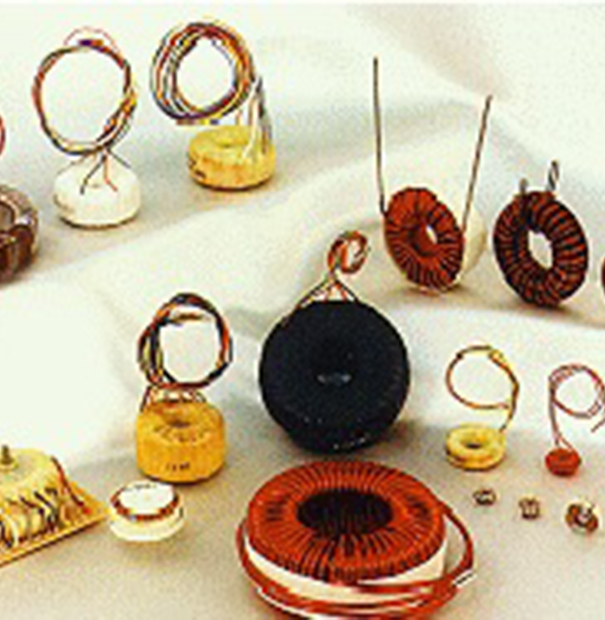A toroidal transformer is used for a multitude of different electronic applications. The rule of thumb is that if housing can fit a toroid, then the device can use a toroid. In many situations, a toroid is ideal, but it is not also practical for specific applications.
To be versatile, a toroid’s core is constructed from different materials. Each material offers benefits and cons. Choosing the right material should be explicitly based on the electronic application being used. Common materials include:
- Silicon steel (tape wound or laminated)
- Nickel Iron
- Amorphous,
- Ferrites,
- Moly-permalloy powder
- Iron powder
For more information on choosing the right material and coil winding for your application, you should not hesitate to give our team a call.
A toroid has a unique shape that makes it ideal as an electric transformer. What are the benefits of a toroid? The 360-degree configuration of the device gives a high degree of symmetry. It is a closed circle, so the magnetic field has a near-complete cancellation that is outside of the coil. Overall, a toroid has less leakage inductance and less EMI leakage when compared to other similarly powered transformers.
A gapped toroidal transformer has its gap filled with some type of insulating material. This is done to help facilitate the winding process. Keep in mind that this counts as an added expense. A split-core current transformer is typically assembled directly on a conductor, whereas a toroid must pass over disconnected ends of a conductor. Toroids can be split in two, but a suitable clamping mechanism is required.
Toroids
- Which Transformer is Right for You
If you have any further questions about toroids or custom coil winding, you should not hesitate to make us your first call.
- Types of Core Materials
- Toroids are Lightweight and Small

